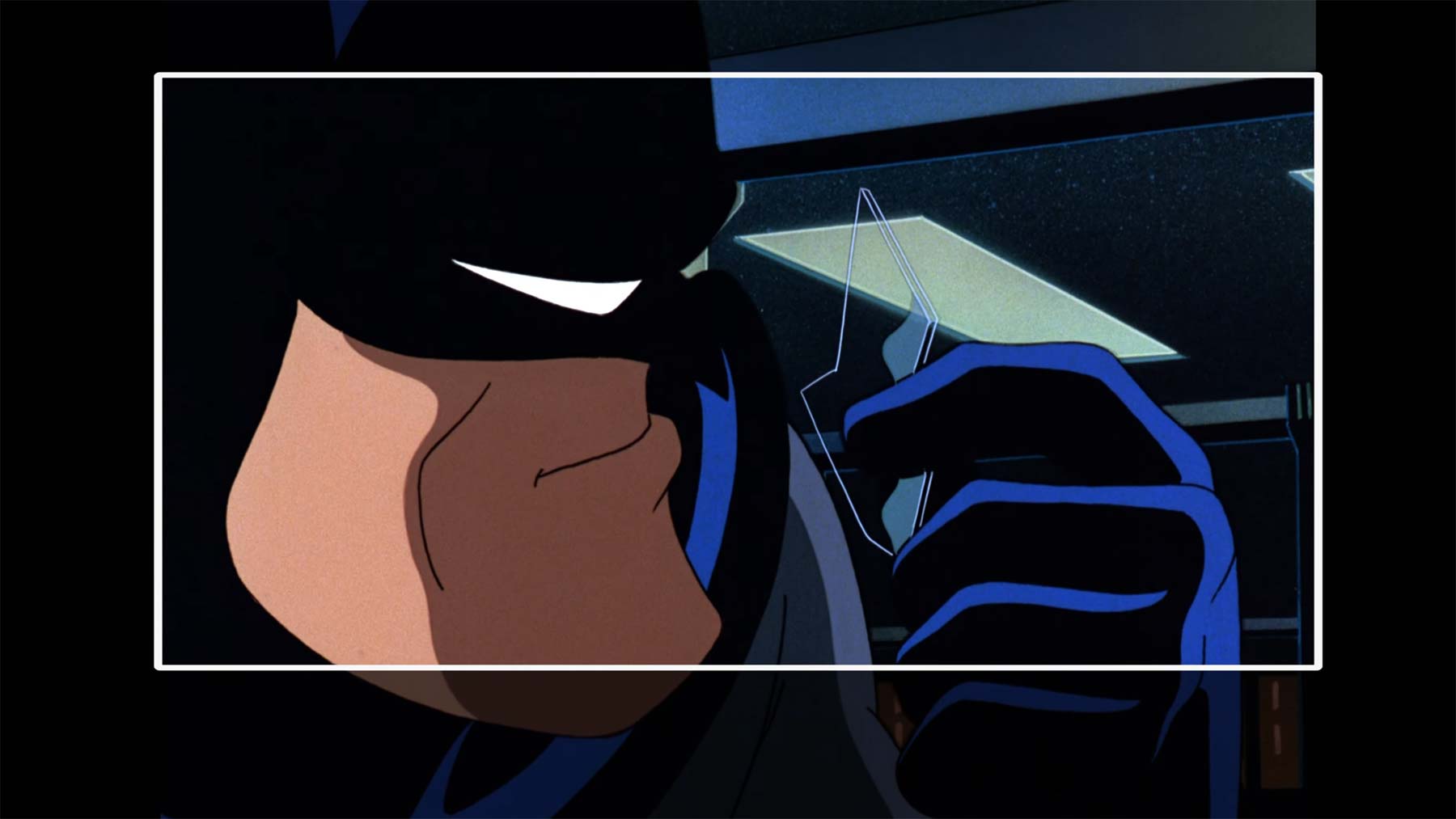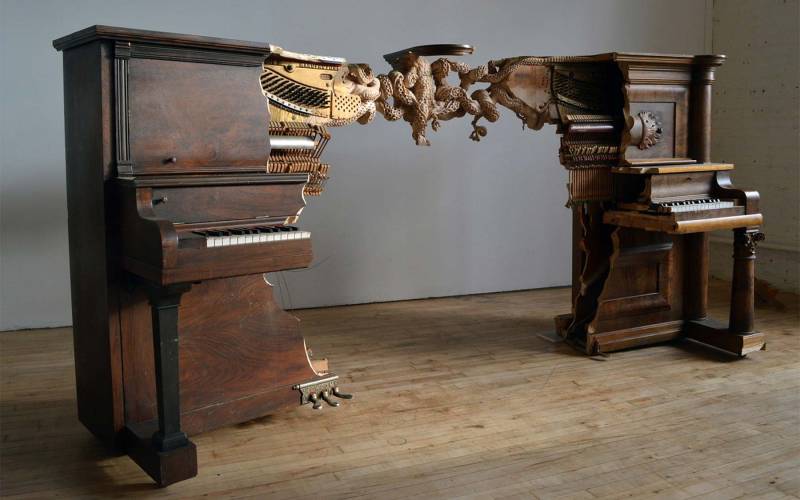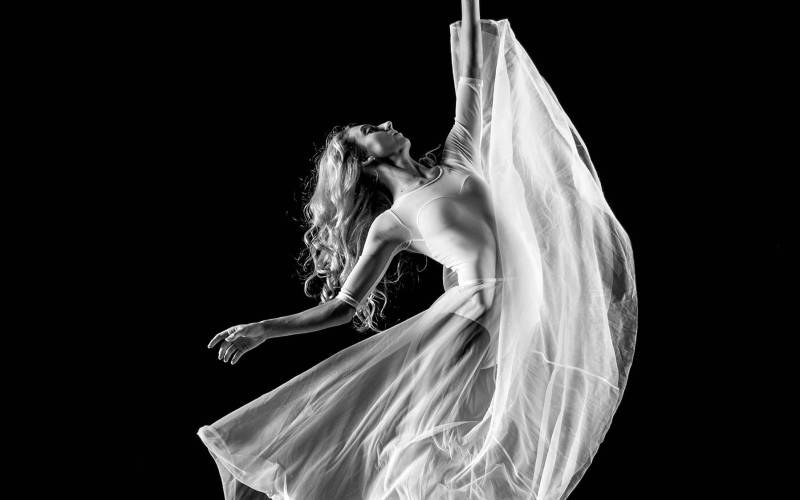
Die Geschichte des Bildformates ist eine Geschichte voller Missverständnisse. Die Formate sind für sich unproblematisch, geht es aber darum, sie auf Bildschirmen oder Leinwänden abzuspielen, die ein anderes besitzen, stellt sich die Frage, ob man schwarze Balken in Kauf nimmt, oder Inhalte abtrennt. Letzteres kann aber nicht nur zu einem anderen ästhetischen Empfinden führen, sondern gar wichtige Inhalte abkappen. Danny Boyd von CinemaStix zeigt uns am Beispiel eines animierten „Batman“-Filmes, welchen Einfluss so ein Formatwechsel besitzen kann.
Batman: Mask of the Phantasm is widely considered to be the best animated Batman film ever made. By some, even the best Batman film of all time. It was a remarkable marriage of thematic maturity, potent dialogue, great action, and a gorgeous art style. But it also stands out as the only animated Batman movie to ever receive a theatrical run. Today I’ll talk about one of the interesting byproducts of that decision, despite the movie’s poor box office reception: Mask of the Phantasm is presented in two different aspect ratios. And unlike your typical pan and scan conversion, the creation of both versions were carefully considered by the creative team during the making of the movie.















Noch keine Kommentare